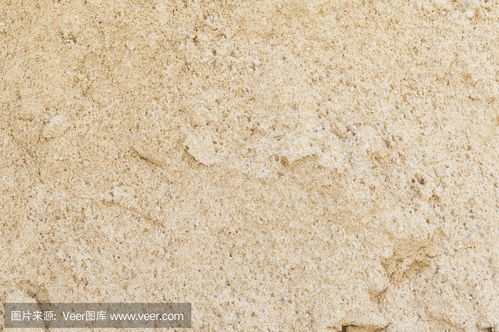Sand Face Plaster: A Comprehensive Guide
Are you looking to transform the exterior of your home or building? Sand face plaster, also known as sand-cast plaster, is a popular choice for its aesthetic appeal and durability. In this detailed guide, we will explore the various aspects of sand face plaster, including its history, application process, benefits, and maintenance tips.
History of Sand Face Plaster

Sand face plaster has been used for centuries, with its origins dating back to ancient Rome. The technique was initially used to create decorative finishes on buildings, and it has since evolved into a versatile material used for both residential and commercial projects.
Application Process

Applying sand face plaster involves several steps, which are outlined below:
-
Surface Preparation: The surface must be clean, dry, and free of any loose debris. Any cracks or holes should be repaired before applying the plaster.
-
Base Coat Application: A base coat of plaster is applied to the surface, providing a smooth and even base for the sand face finish.
-
Sand and Cement Mixture: A mixture of sand and cement is prepared, with the ratio depending on the desired finish. The mixture is then applied to the base coat using a trowel or spatula.
-
Finishing: Once the mixture has set, it is finished by smoothing out any imperfections and adding texture with a brush or trowel.
-
Curing: The plaster must be allowed to cure for a specified period, typically 7-10 days, before it can be painted or sealed.
Benefits of Sand Face Plaster

Sand face plaster offers several advantages over other types of exterior finishes:
-
Aesthetic Appeal: The natural look of sand face plaster adds a unique charm to any building, making it an excellent choice for those seeking a rustic or traditional appearance.
-
Durability: The mixture of sand and cement provides a strong, durable finish that can withstand harsh weather conditions and UV rays.
-
Customization: The color and texture of the finish can be customized to suit your preferences, allowing for a unique and personalized look.
-
Low Maintenance: Sand face plaster requires minimal maintenance, making it an ideal choice for busy homeowners or property managers.
Types of Sand Face Plaster
There are several types of sand face plaster available, each with its own unique characteristics:
| Type | Description | Advantages | Disadvantages |
|---|---|---|---|
| Traditional Sand Face | A mixture of sand, cement, and lime, providing a natural, rustic look. | High durability, low maintenance | Can be prone to cracking in extreme weather conditions |
| Modern Sand Face | A mixture of sand, cement, and synthetic resins, offering improved durability and flexibility. | Excellent durability, resistance to cracking | May require more maintenance than traditional sand face |
| Colored Sand Face | A mixture of sand, cement, and pigment, allowing for a wide range of colors. | Customizable color options, aesthetic appeal | May fade over time |
Maintenance Tips
Proper maintenance is essential to ensure the longevity of your sand face plaster:
-
Clean the surface regularly with a soft brush or cloth to remove dirt and debris.
-
Apply a sealant every few years to protect the finish from moisture and UV rays.
-
Address any cracks or damage promptly to prevent further deterioration.
By following these maintenance tips, you can enjoy the beauty and durability of sand face plaster for years to come.
